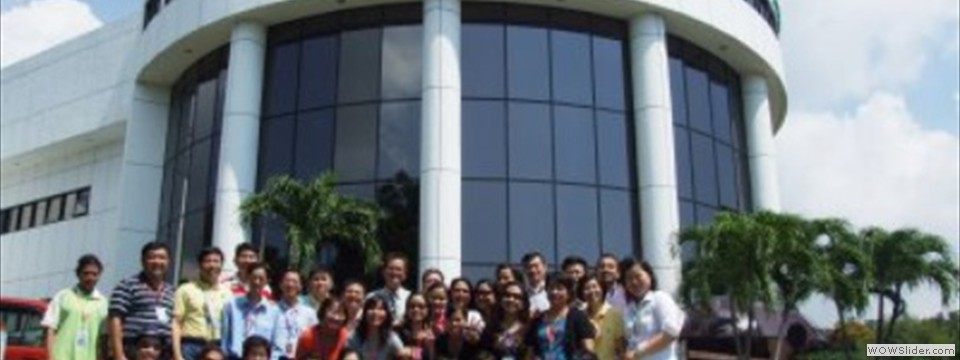B. Braun - A Late Introduction
While at first I had to wrestle control from the different managers, halfway through, they were hounding me to speed up, they recognised that I had taken away phantom-control to replace it with true power; they discovered they too had had little idea of the goings-on in their respective black holes.
Setting
When I joined B. Braun both the individual departments of the Penang companies and the already established Asian subsidiaries were run as fully autonomous units. The organically grown result was rather unruly in both cases:
Penang
- Different production units had planning styles covering differing periods of time and detail, this especially clashed where one unit was subcontractor for another but also often led to an embarrassed Sales department
- Although the main work tended to be assembly work there was a large division in automation and issues like the number of operators to a foreman
- Salaries / titles / work pressure showed no intrinsic fairness resulting in strive and subsequently in, what the labour court frequently deemed, unfair dismissals
- Cost pricing was non-existent
- Departments used different suppliers for similar items, losing out on price deals
In short, although the company was very profitable, it also somewhat resembled a big black hole and solving that by simply addressing the problems at the level of the individual department would be a gargantuan if not impossible task.
The Subsidiaries
- Many ‘Penang’ issues equally apply to the subsidiaries, but in addition:
- They frequently grouped products together in a different way (different from Penang and from each other)
- The detail and style of reporting, whether sales or financial, also differed greatly: did they have pension liabilities and if so how were these accounted for. How and what did they accrue.
Again a large black hole: we received information but could not really consolidate it, ‘apples and pears’, but in addition we didn’t know if we could consider the reports accurate and complete.
Challenge
It befell on me to untangle this, all departments, except the actual production and sales departments, came to report to me. And through my HR and automation efforts, even these departments were severely changed:
Solution
- HR: I created a function/salary structure for the entire group:
- Span of control and/or budget size indicated your position in the structure, it wasn’t an unbreakable rule, but exceptions needed extensive explanation
- Obviously different countries had different absolute labour costs, however the structure remained in place; a Sales Manager in the Philippines could, function-& span wise, truly be compared to a Sales Manager in Cambodia, even if out-in-the-field the inflated titles remained in use.
- IT: One ERP system was implemented throughout the entire group
- all using the exact same Chart of Accounts with precise instruction on what to book where. Controllers were employed to verify and decide on ambiguous issues
- (barcode) terminals were dotted all over the work floor to register production and their detail automatically prescribed the planning detail
- Logistics: The entire movement of all material from Identification of the Supplier through Purchase, Transformation, Warehouse, Sale and finally Delivery to the client could not only be monitored through our ERP but was effected by one single department leading to a high degree of Standardisation
- Finance: Standard Costing Principles were introduced allowing all kind of comparisons and the start of Best Practices













See also: